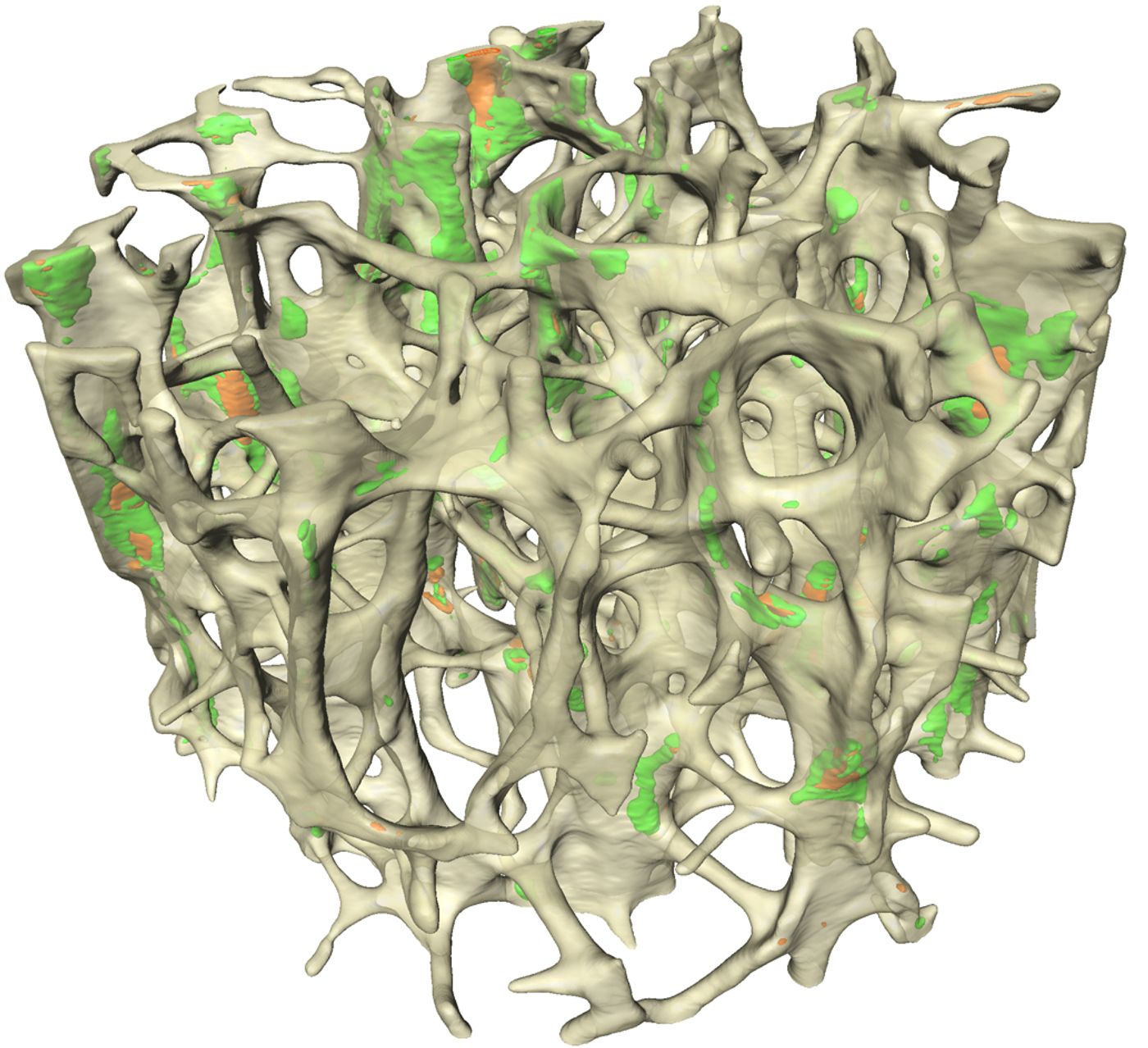Plants & Animals
Florida Fish and Wildlife Conservation Commission Spots 6,250 Manatees
Julianne (@JuliChiaet) covers health and medicine for LabRoots. Her work has been published in The Daily Beast, Scientific American, and MailOnline. While primarily a science journalist, she has also covered culture and Japanese organized crime. She is the New York Board Representative for the Asian American Journalists Association (AAJA).
• To read more of her writing, or to send her a message, go to Jchiaet.com
 Scientists have discovered that cancellous bone exhibits unique material properties designed to allow the bone to bounce back into its shape after a break.
Scientists have discovered that cancellous bone exhibits unique material properties designed to allow the bone to bounce back into its shape after a break.









